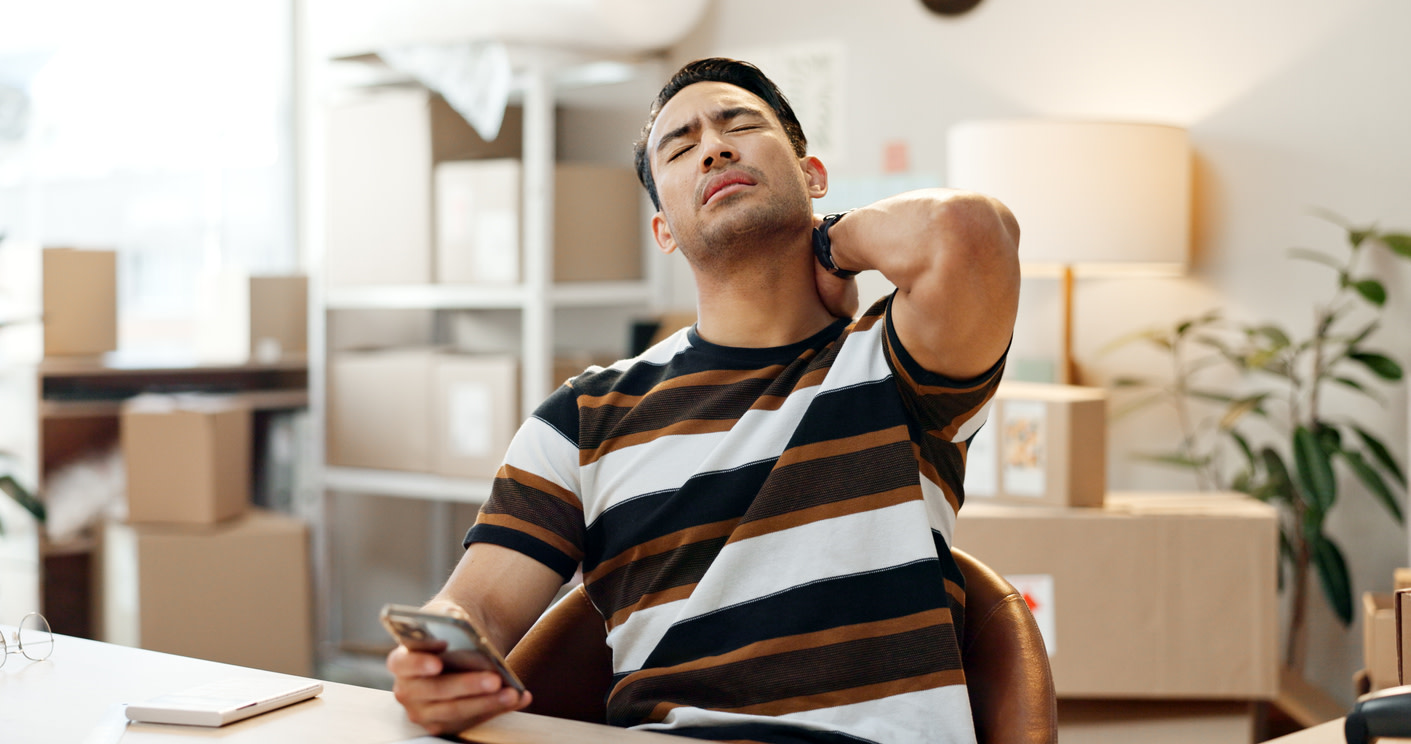Cervical Stenosis: Causes, Symptoms, and Exercises to Relieve Pain
Learn about cervical stenosis, its causes, symptoms, and effective exercises to relieve pain and improve neck mobility with tips from physical therapists.
$0 costo para usted
Fecha de Publicación: Aug 5, 2024
El índice
Fully covered neck pain relief
Find relief from neck pain, a pinched nerve, tech neck, & more.
Check if I'm eligibleExercises for Cervical Stenosis
¿Quieres atención de expertos? Consulta si estás cubierto por nuestro programa gratuito →- Chin Tucks
- Head Turns
- Scapular Clocks
- Median Nerve Glide
- Resisted Upright Row
